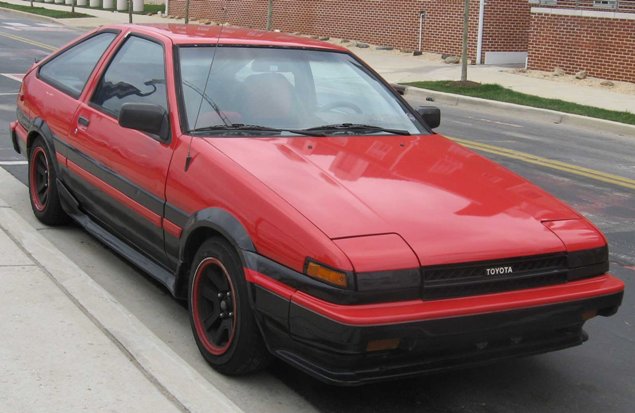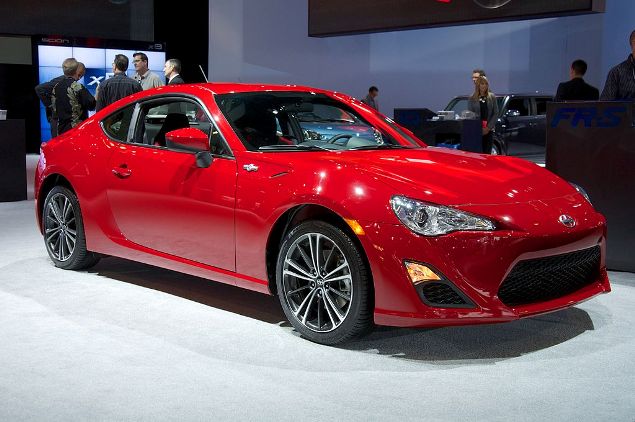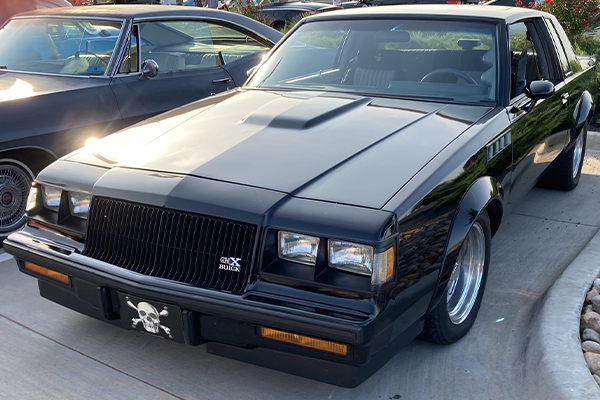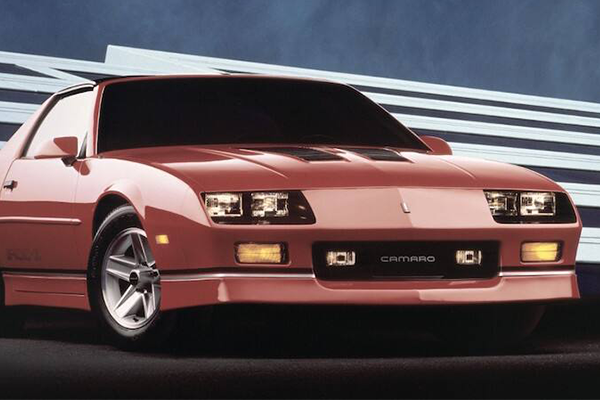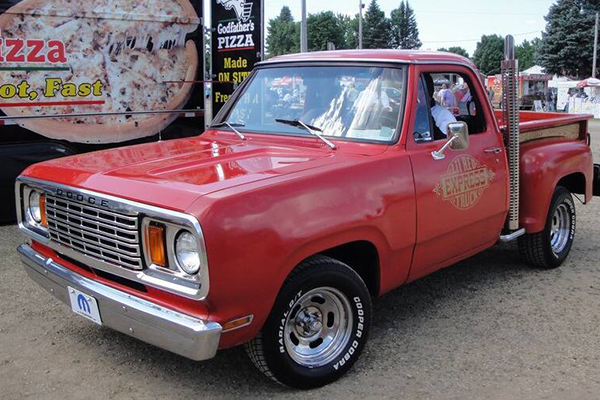From timeless icons to everyday essentials, Crucial Cars examines the vehicles we can’t live without. For this installment, we put the spotlight on an iconic, rear-drive compact sport coupe – the Toyota Corolla AE86.
For the most part, the Toyota Corolla has long been known as a well-built, very reliable compact car, if not the most exciting thing on four wheels. When friends and relatives of ours are looking for an economical and practical used car that promises many years of trouble-free performance, the Corolla is typically on our short list of recommendations. But although most folks think of a staid four-door sedan when "Corolla" is mentioned, look closely at its family tree and you'll see that there was a handsome jock or two in the family.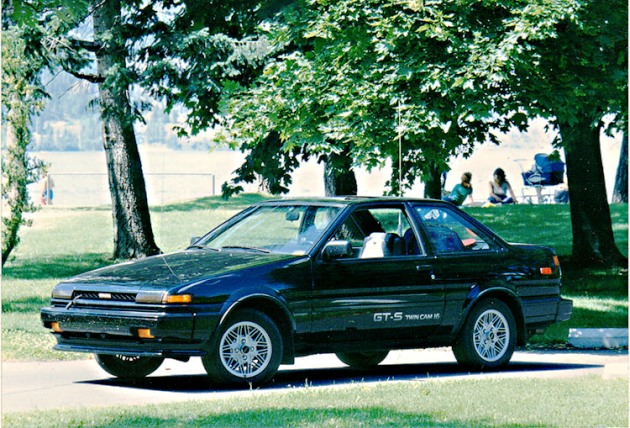 1985 Toyota Corolla GT-S Coupe
1985 Toyota Corolla GT-S Coupe
"Go" to match the "show"
It was 1984, kids accompanied by boomboxes were popping and locking in the streets, the Summer Olympics were held in Los Angeles, and Apple introduced the Macintosh computer. Oh, and Toyota created a hot-rod Corolla.
Although the Corolla coupe had been offered in "SR5" guise, a trim level highlighted by its then-notable 5-speed (rather than 4-speed) manual transmission, since the mid-'70s, a truly athletic version of Toyota's bread and butter compact had yet to be offered. But that changed big time around midway through 1984 when, for the 1985 model year, Toyota brought out "GT-S" versions of its Corolla coupe and hatchback. The latter pair, also available in base and SR5 trim levels, had just been redesigned for '84 and had the internal chassis code AE86.
These handsome, new two-door Corolla models retained rear-wheel drive while the also redesigned four-door Corolla sedan went to the increasingly popular front-wheel-drive layout. Although sending the power to the front wheels provided better traction on slippery roads and opened up more interior room, most serious driving enthusiasts preferred rear-wheel drive. The reasons for that preference included better front to rear weight balance, crisper turn-in response and, provided there's enough sauce under the hood, the ability to powerslide the car's tail around corners.
The GT-S provided that needed firepower in the form of a free-breathing, double-overhead-cam (DOHC), 16-valve (4 valves rather than the usual 2 per cylinder) 1.6-liter four-cylinder engine. Although its output of 112 horsepower might seem like a joke nowadays, keep in mind this was during an era where a Camaro Z28's 5.0-liter V8 made anywhere from 155 to 215 horses. And these Corollas were light, tipping the scales at only around 2,300 pounds. By comparison, today's Corolla (which is only available in a sedan) weighs 2,800 pounds.
The GT-S provided firepower in the form of a free-breathing, double-overhead-cam (DOHC), 16-valve 1.6-liter four-cylinder engine.
According to Motorweek, a GT-S hatchback's run to 60 mph took 9.8 seconds, not exactly thrilling but respectable for the day. The sprint down the quarter mile was more impressive at 16.7 seconds, a testament to the engine's high-revving nature. More than numbers on a spec sheet, it was the twin-cam's smooth and eager nature, channeled through a slick-shifting 5-speed, that made more than a few drivers exuberantly blurt out expletives of joy. The GT-S' firmed-up suspension, precise steering and crisp, predictable handling ensured that slicing through a section of twisty blacktop could similarly give cause for celebration.
Drifting away
Produced for just three model years (1985-1987), the Corolla AE86 made for a relatively small but undeniably important chapter in the book of Corolla. As the 1990s and 2000s rolled on, a small but potent wave of turbocharged, all-wheel-drive athletes crashed onto the sport compact scene. During the '90s the Mitsubishi Eclipse and its cousin the Eagle Talon provided the thrills, while it was the Subaru Impreza WRX / WRX STi and the Mitsubishi Lancer Evolution ("Evo") models that boosted the pulse rates of drivers after the new millennium dawned.
Produced for just three model years (1985-1987), the Corolla AE86 made for a relatively small but undeniably important chapter in the book of Corolla.
But the AE86 would come back into the spotlight once more. As the drifting movement from Japan took hold and gained popularity, enthusiasts sought out affordable and easily modded mounts. Naturally, the durable AE86 was still available via the used car classifieds, as was another popular choice, Nissan's 240SX.
Chapter two, 25 years later
The everlasting appeal of a small, light, agile, and just plain fun to drive sport coupe was not lost unto Toyota. It took a few decades, but for 2013 the spiritual successor to the AE86 made a triumphant return. In a joint venture with Subaru (who provided the horizontally-opposed four cylinder powertrain), Toyota brought the FR-S to market via its Scion division. Enthusiasts everywhere rejoiced by raising a glass of '93 octane in its honor (or so we assume).
Right out of the box the FR-S (and its Subaru BRZ twin) was near perfect. With 200 horsepower only propelling about 2,800 pounds, the 0-to-60 sprint took less than 7 seconds. The car's nimble nature, firm ride, strong brakes, and communicative steering were indicative of a pure sports machine.
Although the FR-S undoubtedly paid tribute to the AE86 Corolla (the badges on the front fenders have a stylized "86" between a pair of horizontally-opposed pistons), there was no denying it had been kicked up more than a few notches. Indeed, one could also say that the "Toyobaru" twins marked the welcome return of an elemental, no frills sports car.
